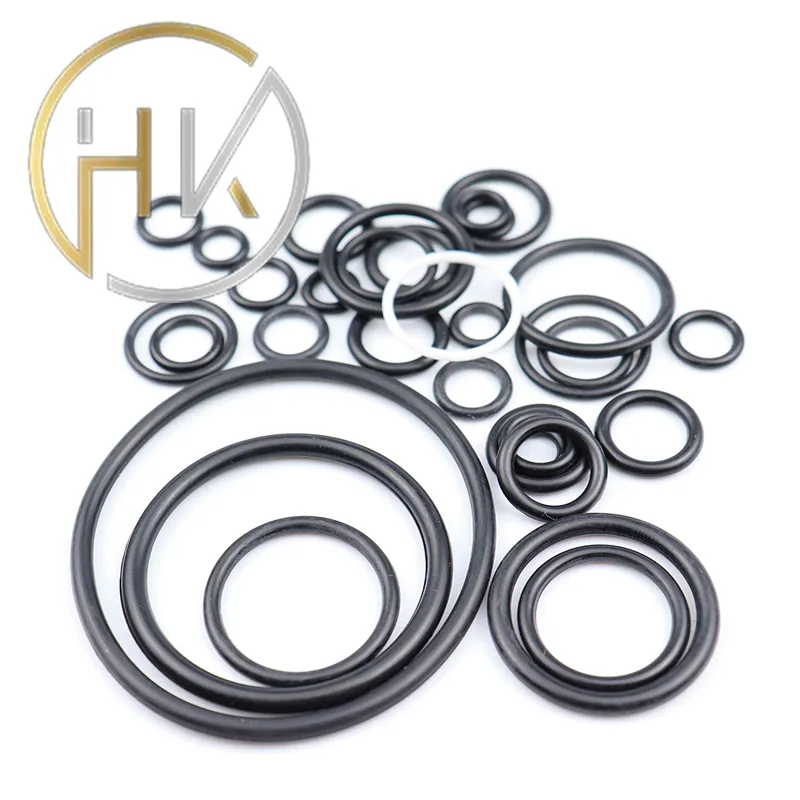Lis . 12, 2024 16:54 Back to list
wiper seal types
Understanding Wiper Seal Types An In-Depth Look
Wiper seals are essential components in hydraulic and pneumatic systems, designed to prevent the entry of contaminants and retain fluids. While these seals may seem simple at first glance, their various types cater to different applications, environments, and operational requirements. Understanding the various wiper seal types is crucial for engineers, manufacturers, and maintenance personnel seeking to enhance the efficiency and longevity of their systems. In this article, we will explore the most common types of wiper seals, their applications, and the materials from which they are made.
The Function of Wiper Seals
Before delving into the types of wiper seals, it’s important to understand their primary function. Wiper seals are designed to wipe away dust, dirt, and other contaminants from the surface of a rod or piston as it moves within a cylinder. This is particularly important in hydraulic cylinders that operate under high pressure, where any contaminants can lead to premature wear, system failure, and costly downtime.
Common Types of Wiper Seals
1. Lip Wiper Seals Lip wiper seals are among the most widely used types of wiper seals. They feature a flexible lip that contacts the moving surface and effectively wipes away contaminants. These seals are often made of elastomers such as NBR (Nitrile Rubber) or polyurethane. They are suitable for various applications, including hydraulic cylinders, where the lip design ensures a proper sealing action against the rod's movement.
2. U-Cup Wiper Seals U-cup wiper seals are shaped like the letter U and are designed to fit into a groove on the cylinder. This type of seal effectively wipes the rod and creates an efficient barrier against contaminants. U-cup seals are advantageous in low-pressure applications and offer excellent resilience, making them popular in light-duty machinery and automotive applications.
3. Blade Wiper Seals Blade wiper seals have a flat, elongated wiping surface that can accommodate various designs, making them highly adaptable. These seals are particularly effective in applications where wider exposure to debris is a concern, as they create a larger wipe area. Blade wipers are often utilized in heavy machinery and outdoor equipment, where they can effectively clear away mud and dirt.
wiper seal types

4. Spring-Loaded Wiper Seals To enhance sealing performance, some wiper seals incorporate a spring mechanism. Spring-loaded wipers maintain consistent pressure against the rod, ensuring that the wiping action is effective even under varying conditions. These seals are often used in high-speed applications, where movements are rapid, and the risk of contamination is elevated.
5. Composite Wiper Seals As technology advances, composite wiper seals are becoming more common. These seals combine different materials, like metal and elastomers, to leverage the strengths of each material. Composite wiper seals offer increased durability, resistance to harsh chemicals, and extended life spans. They are often found in specialized applications, including aerospace and automotive industries.
Materials Used in Wiper Seals
The choice of material significantly impacts the performance and longevity of a wiper seal. Common materials include
- Nitrile Rubber (NBR) Known for its oil resistance and durability, NBR is suitable for many hydraulic applications. - Polyurethane Offers excellent abrasion resistance and is often used in more demanding environments. - Fluoroelastomers (FKM) These materials withstand extreme temperatures and are resistant to a variety of chemicals, making them ideal for specialized applications. - PTFE (Teflon) Known for its low friction properties, PTFE is often used in sealing systems where minimizing wear is crucial.
Conclusion
In summary, understanding the different types of wiper seals is vital for ensuring optimal performance and reliability in hydraulic and pneumatic systems. By selecting the appropriate type and material, engineers and maintenance personnel can significantly reduce wear and tear, prevent contamination, and extend the life of their equipment. Whether employing lip seals, U-cups, blade designs, spring-loaded options, or advanced composite materials, the right choice ultimately leads to enhanced efficiency and savings for businesses that rely on these essential components. As technology progresses, the development of new materials and designs will continue to improve the effectiveness of wiper seals in various industries.
-
TCN Oil Seal Metal Ring Reinforcement for Heavy Machinery
NewsJul.25,2025
-
Rotary Lip Seal Spring-Loaded Design for High-Speed Applications
NewsJul.25,2025
-
Hydraulic Cylinder Seals Polyurethane Material for High-Impact Jobs
NewsJul.25,2025
-
High Pressure Oil Seal Polyurethane Coating Wear Resistance
NewsJul.25,2025
-
Dust Proof Seal Double Lip Design for Construction Equipment
NewsJul.25,2025
-
Hub Seal Polyurethane Wear Resistance in Agricultural Vehicles
NewsJul.25,2025
-
The Trans-formative Journey of Wheel Hub Oil Seals
NewsJun.06,2025
Products categories
















